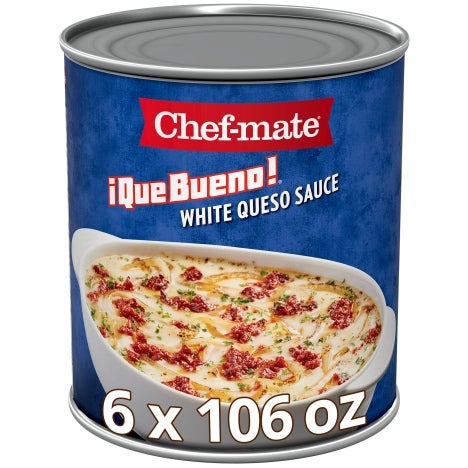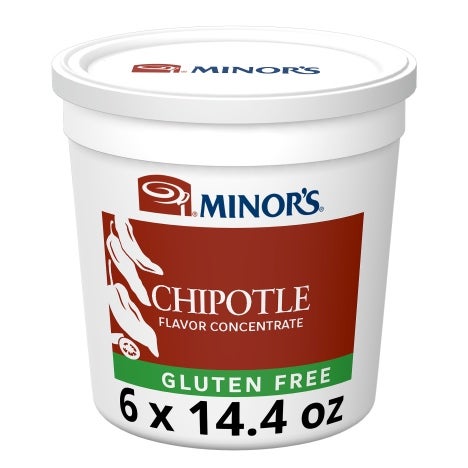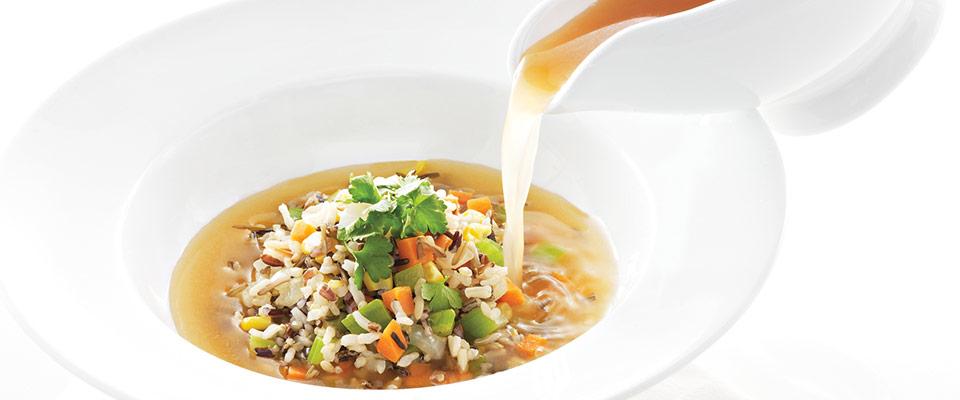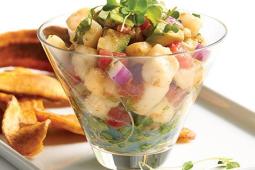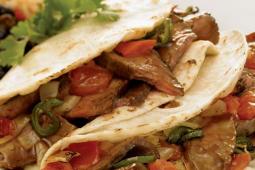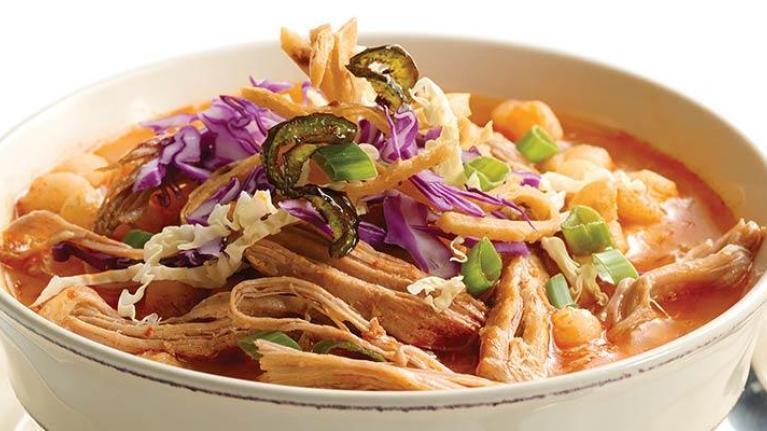
Discover Latin America’s Inspiring Flavors
Looking for a new taste trend? Then explore the flavors of Latin America with Nestlé Professional. We make it easy for you to offer exotic, robust, and customer-pleasing dishes from Brazil, Peru, and the Caribbean. Discover why this cuisine is creating so much excitement.
Bold flavors, ethnic intrigue, rich culinary traditions. Covering a far-flung region that includes South and Central America, Mexico, and the Caribbean, Latin America is expansive and diverse, but one thing is for certain: The food is robust, flavorful, and always inventive. And that makes it perfect for today’s menus.
According to the website The Latin Kitchen, Latin cuisine spans a multitude of geographic and cultural regions, making it highly rich and varied, and with the tremendous growth of the U.S. Hispanic population, it has quickly become one of the nation's most beloved, with classic dishes and new variations making their way onto American tables daily.
Some of the most exciting inspirations are coming out of South America and the Caribbean, including Peru, Cuba, Brazil, and Puerto Rico, with their distinctive tropical ingredients and multicultural culinary influences. The European influence runs strong in the region—particularly with émigrés from Italy, Spain, and Portugal. Peru and Brazil also share the legacy of the many workers who came from Japan and China to work on the railroads and in the rice fields.
Despite this multicultural history, however, there are many food specialties that the countries of Latin America share.
-
Stews and Braised Dishes — Flavorful, long-simmered recipes that make the best use of tougher cuts of meat and fibrous vegetables like boniato (a type of yam) and dried corn are a hallmark of Latin American food
-
Carne Guisada — Rich, complex beef stew that takes a touch of sweetness from coconut milk and brown sugar, along with tomatoes, sweet or white potatoes, cumin, garlic and onions, and chile powder
-
Canja — A Brazilian chicken and rice soup flavored with tomato, garlic, onion, and carrots
-
Seco de Cordero — Delicious Peruvian lamb and potato stew seasoned with aji peppers, cumin, and lots of cilantro, braised in beer until tender
-
Callaloo — Peppery vegetarian stew from the Caribbean made with leafy vegetables such as amaranth or spinach
-
Ropa Vieja — Cuban shredded beef stew (the name literally means “old clothes” in Spanish) flavored with onions, garlic, and green pepper
-
Galinhada — Thick stew of saffron rice and chicken garnished with peas, pimientos, and hard-boiled eggs, popular in Brazil
Tip: Minor's® Latin Flavor Concentrates take the guesswork out of using chiles and other spicy ingredients. The line includes Fire Roasted Jalapeño Flavor Concentrate, Fire Roasted Poblano Flavor Concentrate, and Red Chile Adobo Flavor Concentrate. These join the lineup of Minor’s flavor concentrates that also includes Ancho, Chipotle, and Cilantro Lime.
-
Empanadas — Baked or fried, this stuffed, savory pastry is widely enjoyed in many countries in Southern Europe, Latin America, and parts of Southeast Asia. The name comes from the Portuguese and Spanish verb empanar, meaning to wrap in bread. Empanadas are made by folding dough or bread around stuffing, which usually consists of a variety of meat, cheese, huitlacoche (a type of edible fungus that grows on the corn plant), and vegetables or fruits, among others. Each country has its own special variation, from Bolivian salteñas (made with beef, pork, or chicken, and usually containing potatoes, peas, and carrots, as well as a hard-boiled egg, and olives or raisins) to the empanadas of Venezuela (which use a corn flour-based dough and are fried in oil or lard, with a stuffing of white salty cheese, shredded chicken or beef, and ground beef). Often served at parties and festivals in Latin America, in this country empanadas make a wonderful appetizer, shared plate, or portable snack)
Tip: Although most South American empanadas are served without a dipping sauce, these flavorful pastries can certainly benefit from being menued with one. Try something as simple as Chef-mate® !Que Bueno!® Jalapeño Cheese Sauce, Trio® Chicken Gravy fortified with hot sauce and chopped cilantro, or a garlicky ajaceite (aioli).
-
Grilled Meat — Led by Brazil, South America is one of the world’s largest producers of beef, so it stands to reason that the region specializes in grilled meat, a tradition that started with the gauchos (cowboys) cooking over an open flame on the pampas grasslands. Restaurants in Argentina, Colombia, and Brazil continue to serve parrillada, a flavorful mixed grill that might include several cuts of steak, sausages, and organ meats, along with chicken and/or pork, served with a piquant sauce like chimichurri (parsley garlic sauce). There are many other famous traditional South American asado (barbecue) specialties, such as the Colombian lomo al trapo (an entire beef filet wrapped in a thick layer of salt and cloth and cooked in the coals) and Peruvian anticuchos de pollo (grilled chicken skewers).
Minor’s new Flavor Means Business™ website includes lots of ideas for using the full line of flavor-boosting products, from bases to ready-to-use sauces. In addition to product brochures and information, the site also includes a chef’s blog, special offers, and links to recipes and menu concepts. You can also meet the Minor’s team of chefs and experts—and ask them questions live or online—watch instructional videos, and learn about special product offers.
